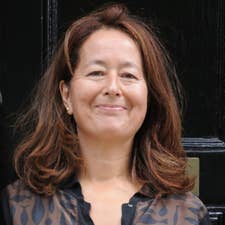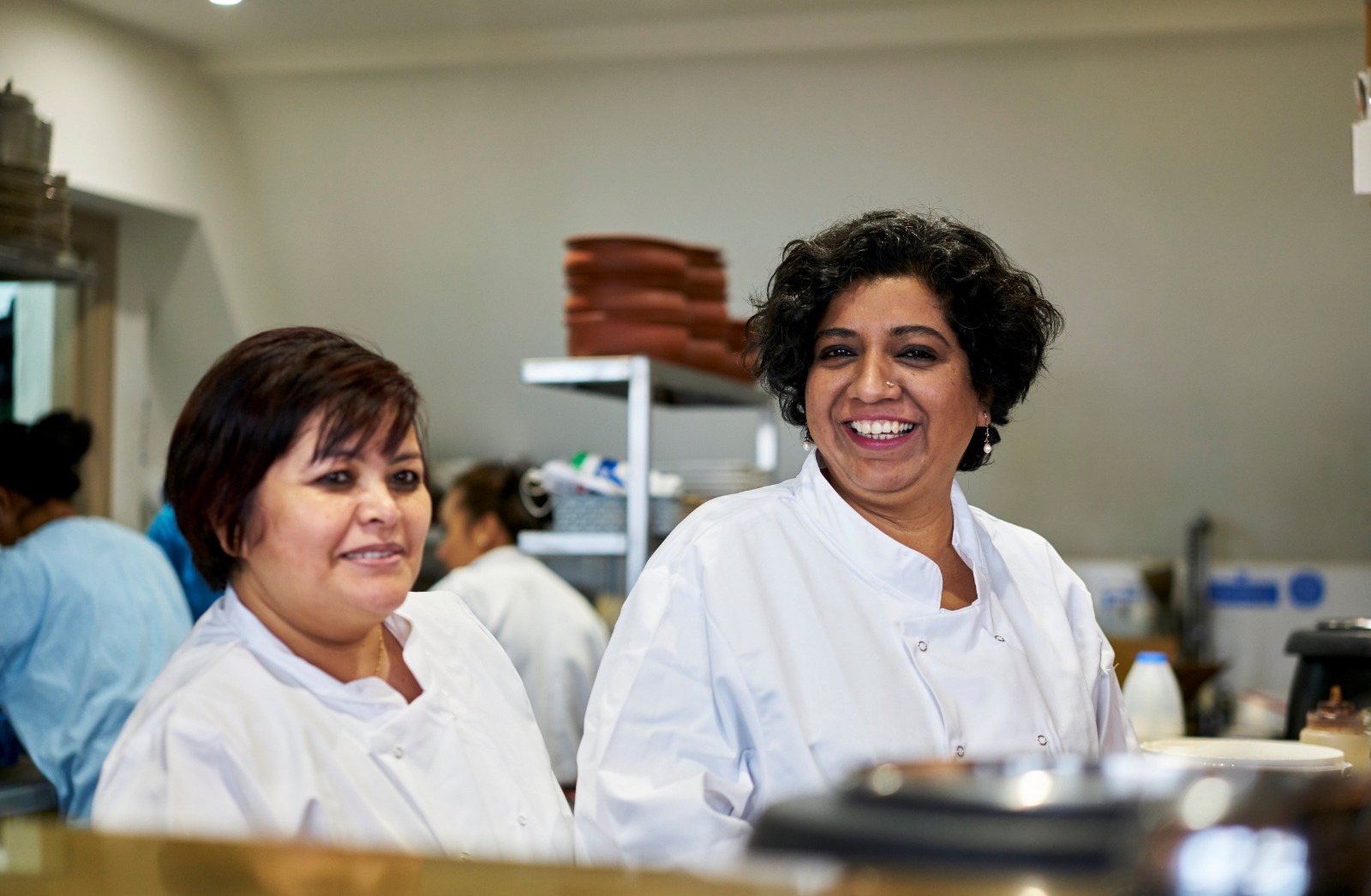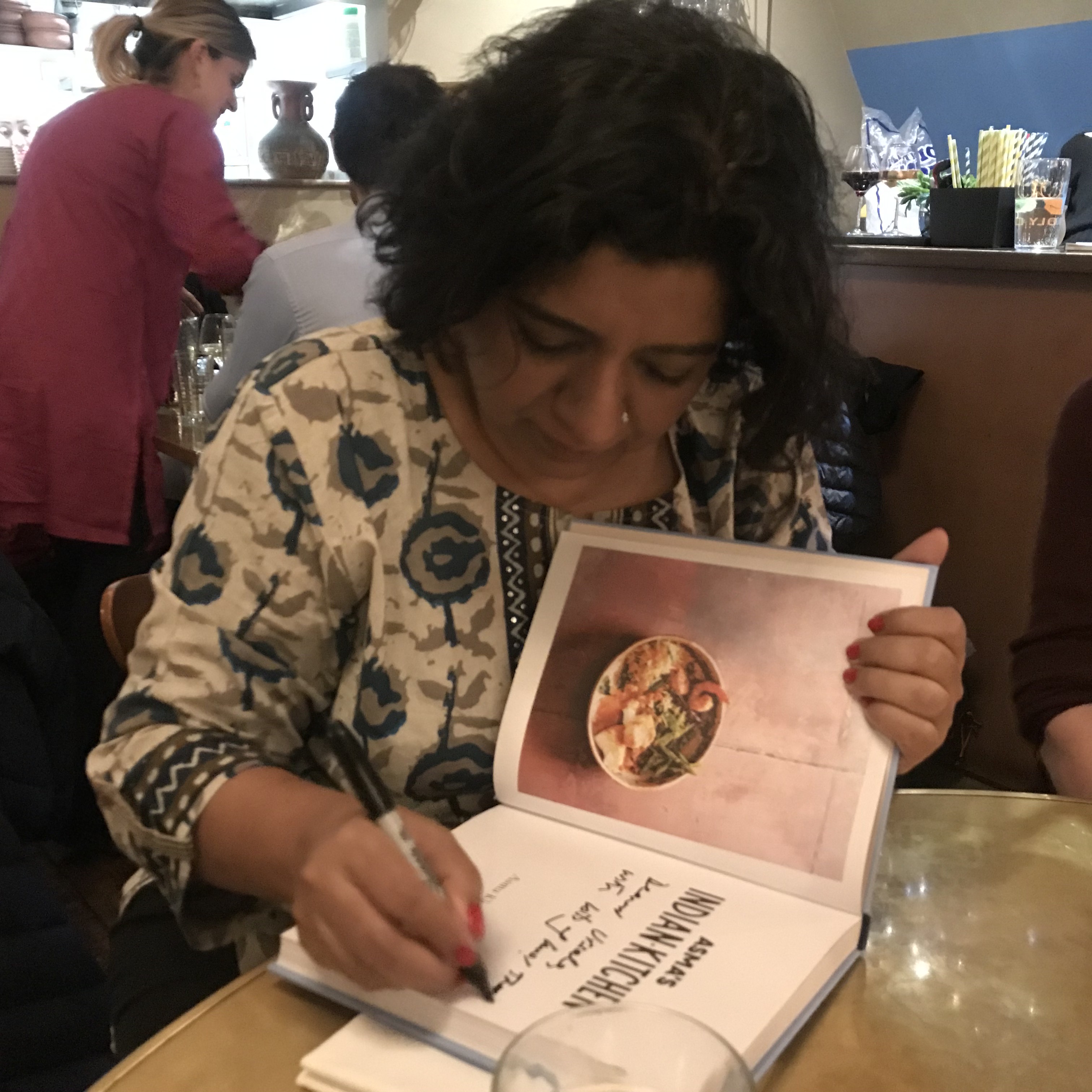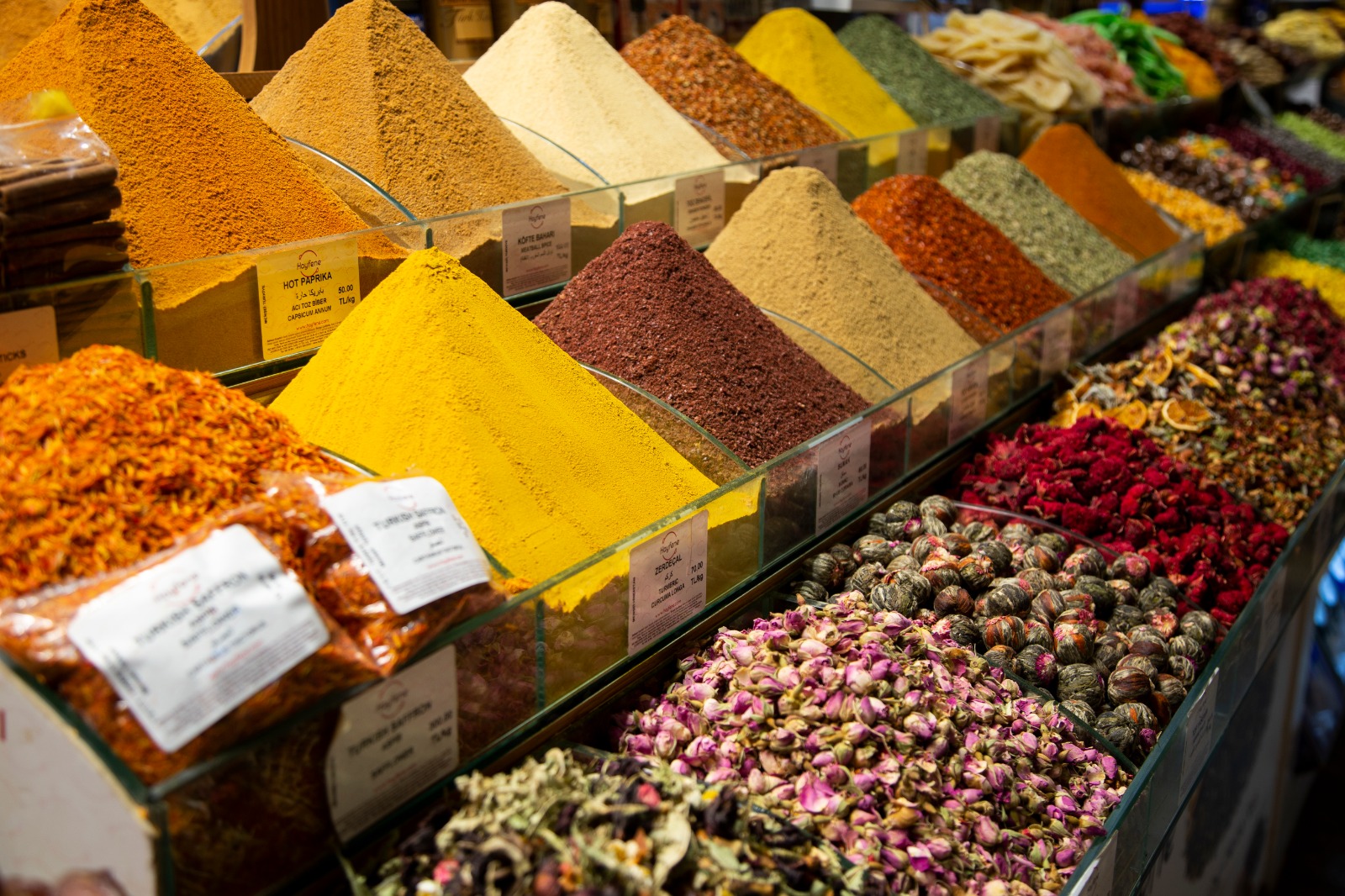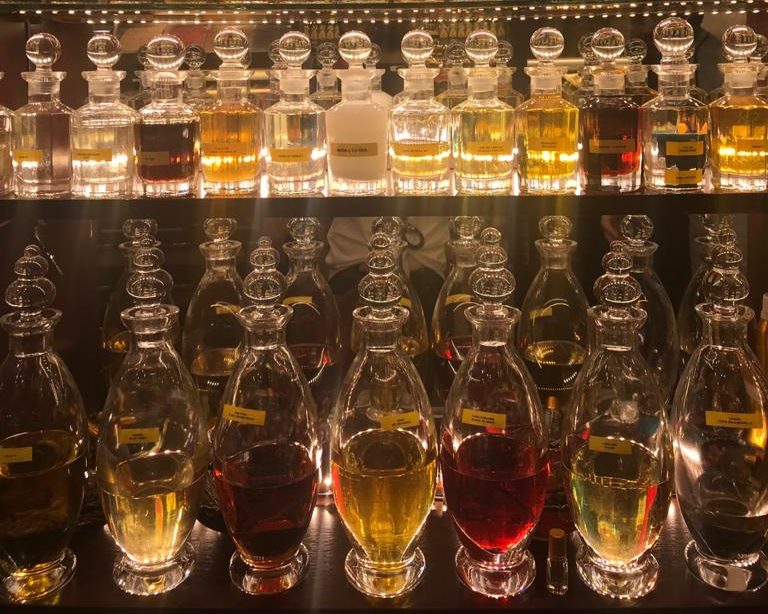Tea Break
To blend or not to blend, that is the question ... Over delicious saffron tea (check out David Tanis' recipe!), let's linger at the lunch table and discuss those beautiful dishes.…
Keynote by Vivienne Lo. Potent Flavours: Nutritional Practice in the Sinosphere
Dr. Vivienne Lo is a Senior Lecturer at University College London specializing in the history of Asian medicine and classical Chinese medicine. Her work explores, among other things, the social…
Tea Break
Following the keynote by Vivienne Lo, let's gather for tea, to continue discussing informally. And who knows? Our speaker may even drop in to chat. Your host will be Naomi…
Panel 10 — Contemporary Issues
Do herbs and spices have ‘terroir’ and how does this impact global marketplaces? This panel presents case studies for the development of tsiperifery pepper in Madagascar and the question of…
Panel 11 — Evidence from the Herbals
Herbals, natural histories, and medicinal writings from the 16th through 19th centuries have documented the spread of plants between Old and New Worlds—or at least that is what conventional wisdom…
Panel 12 — The Cuisines of India
The many regional cuisines of India provide a rich tapestry of culinary pleasures; these papers explore two spices that are less well-known in the West, asafoetida and stone flower (the…
Saturday Dinner: A Spice Odyssey. Asma Khan at Home in the Royal Courts of India
Asma Khan says: "I often describe the layering of spices in my dishes like woven silken threads of vintage handloom fabric - each spice adding it’s unique flavour to the…
Bar
Wine with spicy food? Not beer? Why not? Pass me lassi or masala chai! Let's meet at the bar and in the garden, and share thoughts about Asma's wonderful offerings…
The Spice Bazaar in Istanbul: A Journey of the Senses
The Spice Bazaar (Mısır Çarşısı) in Istanbul is one of the oldest shopping areas of the city (founded in 1663). It is located on the old historical peninsula and surrounded…
Bar
After immersing ourselves into the wonderful world of the Spice Bazaar, describe the flavours in your imagination... Your hosts will be Gamze Ineceli and Harold McGee.
Panel 13 — Flavours of Antiquity and Beyond
P. nigrum and its cousins were predominant spices in ancient Rome, appearing regularly in the Apician recipe collection as well as in literature, where it was often condemned as superfluous…
Panel 14 — Literary Spices
Literature gives subtle freedom to express cultural values. These papers explore the use of highly spiced gingerbread to communicate notions of unbridled sexuality, while spices in diasporic Indian fiction problematize…


